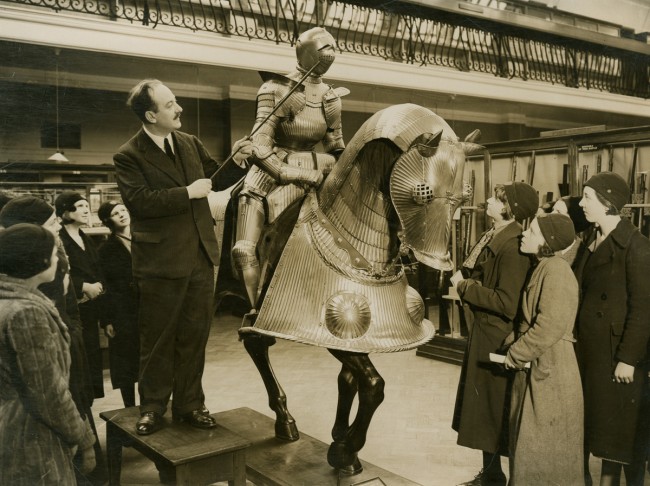The story of The Horniman Museum begins over 115 years ago with some tea and a passion for exploring. Intrigued? We thought so. It is a well-loved destination for school trips, family outings and history fanatics. Boasting over 350,000 objects, it specialises in anthropology, natural history and musical instruments. Not forgetting its well-known collection of taxidermy animals! The lovely gardens are also Grade II listed on the Register Of Historic Parks and Gardens and it hosts a rare, 20-foot totem pole. So how does tea fit into all of this? Wonder no more.
Frederick John Horniman inherited his father’s tea business, which was the first to sell tea in machine-sealed packets and had become the world’s biggest tea trader by 1891. Horniman was also a philanthropist with a penchant for collecting. He was particularly interested in natural history and arts/handicrafts from around the world. He began cultivating this interest in 1860, using the cash from the tea business to explore the globe. He wanted to make Forest Hill a hub of world history. He travelled the world to collect items that interested him and those that would teach the local community about the world. In those days, travelling was not as common as it is today so Horniman saw it as his duty to teach the residents of Forest Hill about distant lands.
Frederick Horniman
Image: http://www.horniman.ac.uk
You can imagine all of this collecting took up a lot of space, to the extent that Horniman’s whole family home was overtaken by this pursuit. His extensive travels meant he had gathered over 30,000 items! Understandably, his wife suggested they move out. That way Horniman could dedicate their former house to collecting, and she could have some space!
The former family home was opened to the public on Christmas Eve in 1890, free of charge, and became known as the ‘Surrey House Museum’. Many schools and societies were eager to attend the museum and Horniman created guide books for visitors to navigate the two sections of the museum: Art and Nature. The Surrey House Museum was a huge success, attracting 42,808 visitors in its first year. Particularly impressive considering it was only open for 110 days that year.
Richard Quick was hired as the first museum curator and dedicated himself to developing the display and content of the collections. He did such a good job at improving the collections that an extension was built onto the home in 1893 to house the new items. By 1985, the gardens were also opened to the public.
The Surrey House Museum had piqued public interest so much that in 1898 Frederick Horniman decided that it was about time he upgraded the museum grounds. He thought that the collections deserved a better museum and so closed the Surrey House Museum in January 1898.
1901 Opening Ceremony
Image: http://www.horniman.ac.uk
Charles Harrison Townsend was the architect commissioned to create the museum that these collections deserved and the official Horniman Museum was opened to the public in 1901. This new museum included a Grade II listed conservatory which was moved from the family home in Croydon to the new grounds. Mr Horniman not only continued contributing to the collections at the museum, he also donated the museum, collections and grounds as a free gift to the Trustees of London Country Council in an attempt to increase the popularity of the museum. The Horniman family continued to be closely associated with the museum and dedicated to bringing the world to Forest Hill, with Emslie Horniman (Frederick’s son) donating money to build a new library and lecture theatre in 1912. Despite Frederick Horniman’s death in 1906, his legacy has lived on.
Image: http://www.horniman.ac.uk
Over the years it has held many exhibitions including Ethiopian Arts and Crafts in 1966, John White’s North American Paintings in 1968 and Islamic Architecture in 1971. The Horniman Museum has gone beyond being a museum, with its dedication to education also persisting. In 1996 the Centre for Understanding the Environment opened, boasting a grass roof and construction materials that were entirely sustainable. The impressive collection has also continued to expand right up to the 21st Century, with Allies and Morrison designing a new extension to the museum in 2002.
Since 1904 there have been 6 different directors of the Horniman Museum. The current director is Janet Vitmayer CBE, who has held the position since 1998.
Image: www.horniman.ac.uk
WHAT IS THE SOUTH LONDON CLUB CARD?
The South London Club is a local discount card to help support small independent businesses across South London whilst saving all who live, work & play in South London money! With over 500+ local discounts to choose from, you will discover & explore all the best hidden gems in South London. Join over 5,000 of us & celebrate all that's independent & South London!






